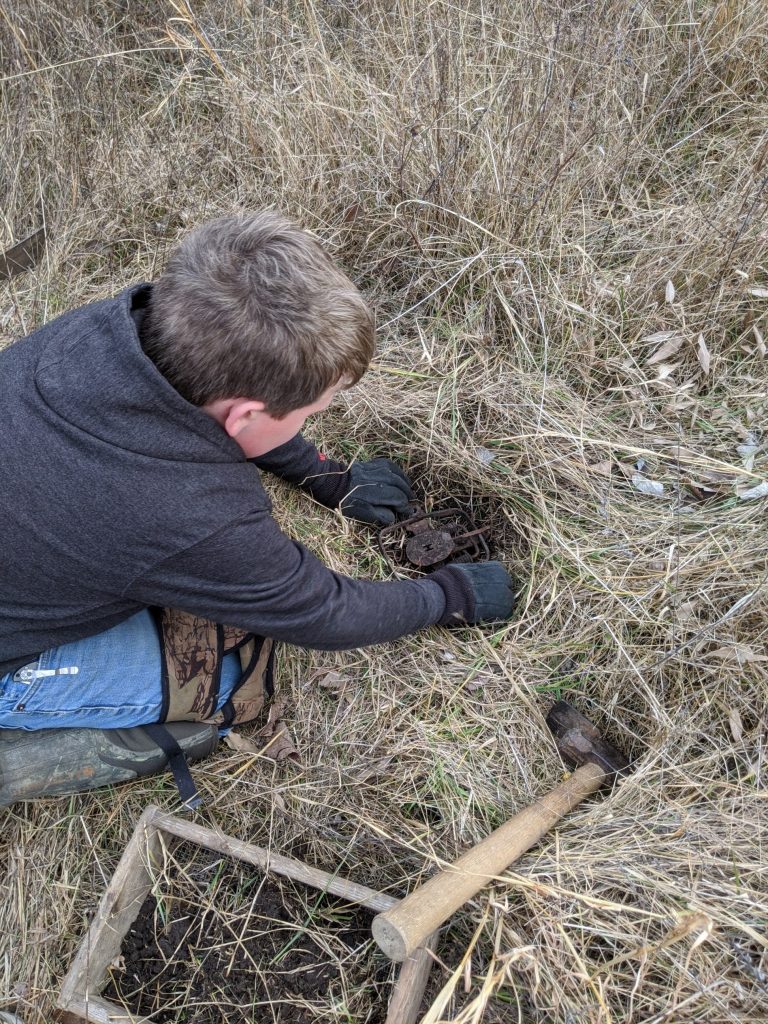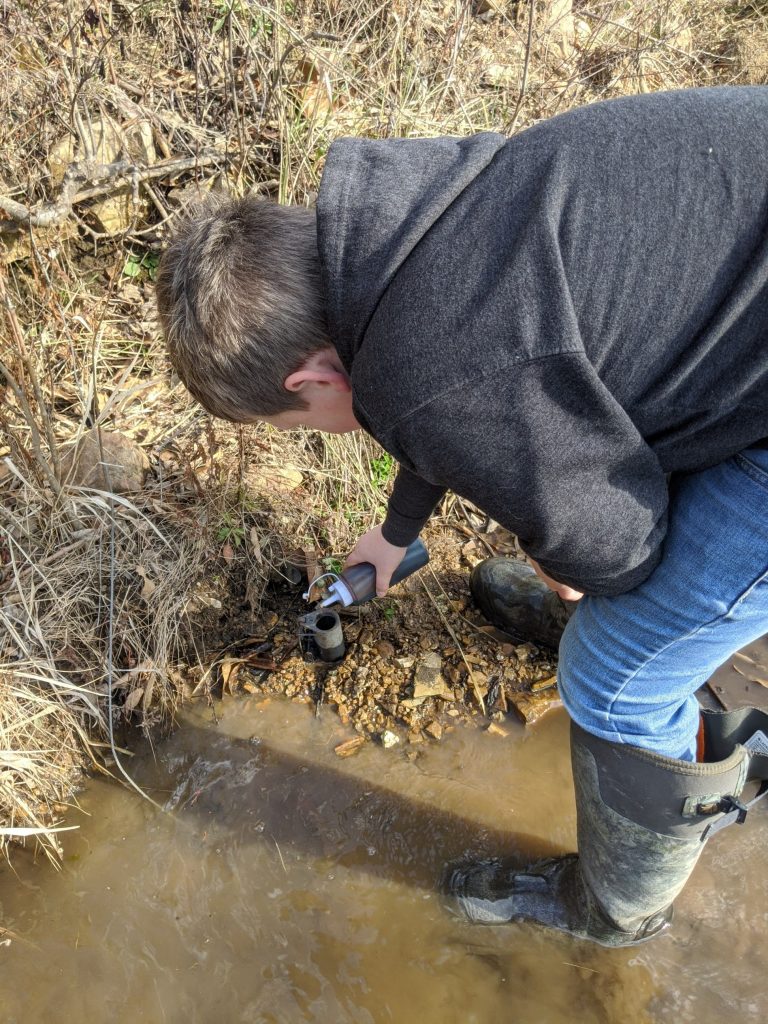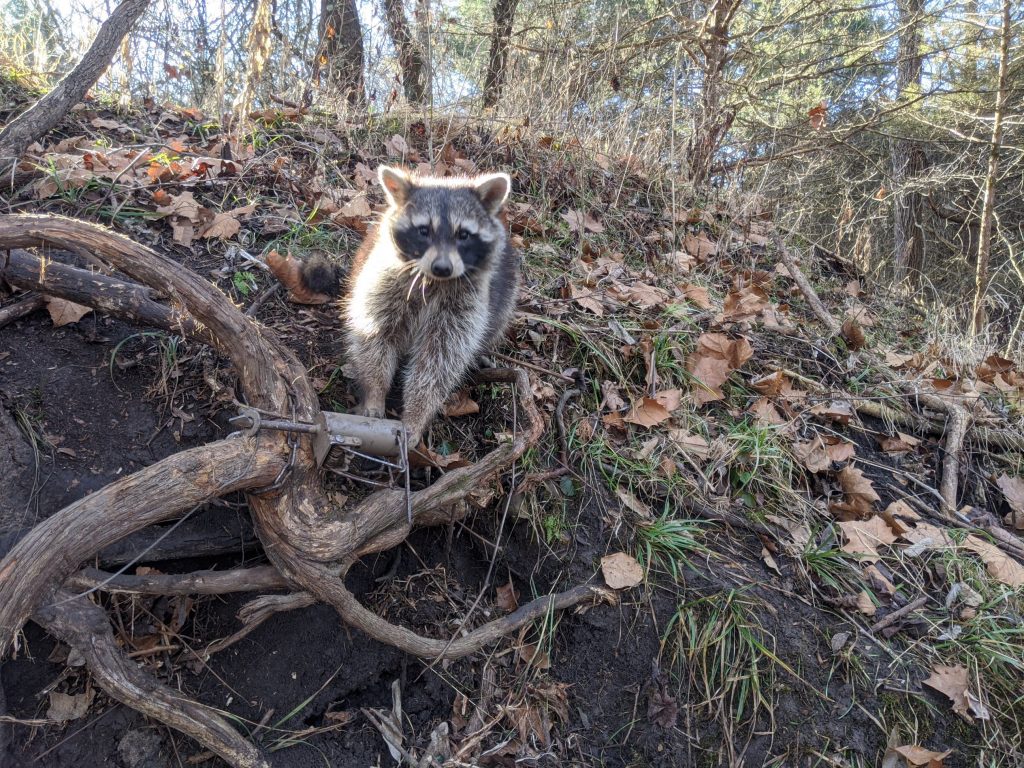Back to Basics
Becoming a versatile trapper can have profound impacts on predators of all types.
Trapping ground-nesting predators has become an annual event among land owners trying to control raccoons, opossums and skunks that devastate turkey, quail, pheasant and other bird nests.
Our modern-day traps, snares, cable restraints and trapping methods are effective. So much so, we are not effectively harvesting the non-desirable nest predators. Specifically, the new dog-proof traps for raccoons are one of the most advanced tools in trapping to come along in the 21st century. Designed to trap raccoons only, these traps are almost 100% effective at catching raccoons and nothing else. With that said, they rarely snag opossums and/or skunks. Many agree the raccoon is the No. 1 ground-nest predator, but we also need to remove opossums and skunks that do similar damage during nesting season.
Dog-proof traps are easy to set and require little to no trapping skill to use. A child can set them as effectively as an adult if they have the required strength to set the trap. They take a marshmallow or other bait in the bottom, and when the raccoon reaches in, it goes off holding the critter’s foot humanely enclosed in the tube.


Retired Missouri Conservation Agent Clay Creech is an accomplished trapper often harvesting more than 500 raccoons during an annual fur season. Creech uses the dog-poof trap and estimates that in an average season with relatively mild fall/winter weather conditions the opossum catch is 4% to 10%. During other times of the year, it’s considerably lower for him. Creech said that although he has caught several skunks in dog-proof traps, they certainly wouldn’t be his choice for a skunk trap. In other words, versatility is needed.
Creech added that he could catch more raccoons, skunk and opossum in traditional foothold jaw-type traps than anyone will with strictly dog-proof traps. He believes most people aren’t willing to put forth the effort to run different set types to catch a variety of predators. And that’s OK – doing something is better than nothing at all, but in order to be completely effective, a broader approach is required.

Market Impact
The fur market has been down for some time now. Decades ago, Missouri raccoon pelts could average in the $40 range – some exceptional pelts much more. Today the fur market is all but nonexistent. Exceptional raccoon pelts might fetch a few dollars, but most won’t sell. The price of gas hardly makes it worth pursuing raccoon and opossum. At one point, you could get $5 to $6 for opossum, and that was in the 1970s. Skunks, on the other hand, are marketable, bringing $10 or more, but most don’t want to handle them. Our population of ground-nesting predators has exploded. Only die-hard trappers who enjoy the sport still trap, along with landowners trying to control the numbers.
We are all turkey hunters, and populations across the country have seen some declines. Predators are one of many factors. Many states have reduced bag limits or gone to a draw system, decreasing hunting opportunity in the interest of the resource. It is a fine line to walk, but one that must be done.
I primarily target coyotes and bobcats, and raccoons and otters when the market dictates. I usually work to avoid unwanted, less valuable furbearers, but sometimes feel I am not doing my farms or the ground-nesting birds any favors. Based on today’s fur market, why not target everything?
Set Types
Foothold jaw traps are not particular as to what they catch. In foothold traps set for coyotes, I have caught song dogs but also caught my fair share of raccoon and opossums plus a few skunks. There were days I would average 10-12 opossum and three to four raccoons in my footholds set for coyote and bobcat.
Cable restraints and snares are species-specific. Not only are they a good tool but you can dictate what you might catch based on the size of the loop and the height off the ground. A 12-inch loop 12 inches off the ground is a typical coyote-specific set. An occasional larger bobcat might be caught, but it’s rare. An opossum will walk right under it.
Body grippers or conibear-style traps are lethal traps; therefore, most states have restrictions on sizes that can be set above water to prevent incidental pet catches. The small 120, 4.5-inch x 4.5-inch size is designed for muskrat and mink-sized furbearers and are perfect for opossum and skunk. They may be slightly small for most raccoon but are lethal on any that can fit their head in. The 5-inch x 5-inch is the next size up and is perfect for raccoon, as well as opossum and skunk. Creech said to promote catching opossums, skunks and some raccoons, he would advise small conibears in baited boxes. Baited boxes guarded by a conibear-style body gripper are deadly on ground-nesting predators near den entrances and trails.
Conclusion
Trapping is a dying sport, but it is such a valuable tool for wildlife management. Whether you are catching coyotes to improve turkey or deer numbers, or targeting raccoons, opossums and skunks to protect ground nesters, trapping is the most successful method to remove excess predators.
Every state has a trapper’s association, and they most likely have a presence with booths promoting the sport at your local and state fairs. Those individuals passionate about trapping are eager to help new trappers and teach them how to harvest predators ethically and responsibly. State conservation agents will also get you in contact with these individuals.
Get back to basics, learn how to use the traditional foothold trap that doesn’t discriminate, and use the dog-proof traps as well as snares, cables and conibear-style body grippers to successfully harvest all furbearers. Becoming a well-rounded trapper able to adapt to any situation will go a long way toward helping our game species proliferate.
